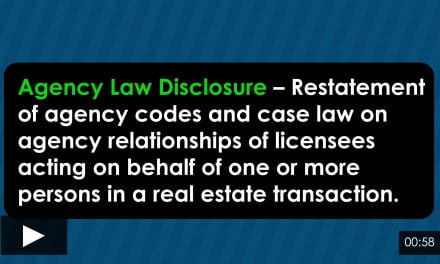Mid-tier housing is still a need and it’s still not happening at the start of 2023.
Mid-tier housing in California is sparse and there aren’t enough empty lots left to build them on. And yet, zoning often favors single-family residences (SFRs), gobbling up land with the potential to house more units.
Nationally, an SFR is on average 2.7 times more expensive than an equivalent condo unit built to fill the mid-tier gaps, according to the Terner Center.
Mid-tier housing has the potential to alleviate the housing shortage but is getting nowhere when plans are being overwhelmed by hefty hurdles.
Though mid-tier housing has shed a few restrictions in the last couple of years, construction is still being met with:
- overly restrictive zoning laws;
- inflexible design requirements;
- lack of clarity of construction rules;
- a confusing and inefficient approval process; and
- lack of financial support for builders, according to the Terner Center.
Without clarity on rules and adequate support, builders don’t have the means to make sufficient mid-tier housing happen. The lack of options for moderate-income households means the gap between low- and high-tier housing grows and the wiggle room of priced right housing becomes smaller.
Related article:
The laundry list of builder stalls
“More housing, more housing”— but the strides to make it happen aren’t long enough.
Zoning laws have recently come a long way with the inclusion of Senate Bill (SB) 9 and SB 10 in 2021. Both bills allow builders to construct multi-family housing in transit-rich areas and SFR zones. With these bills as a starting point, builders have more options for multi-family projects. However, there is still room for not in my backyard (NIMBY) advocates to work around these laws.
Consider SB 9, for example. It lacks the necessary provisions to ensure multi-family housing is moderately priced. Without the guarantee of mid-tier prices, the solution to the housing shortage — specifically for moderate-income earners — means nothing when it’s out of their price range.
Further, builders are not being financially supported to meet the goal of 2.5 million housing units by 2030 projected by the California Office of the Governor. Without funding, construction cannot even begin.
Without assurance that NIMBYs won’t step in and derail a project, property investors are hesitant to get entangled with new development projects. Further, with the average 30-year fixed rate mortgage (FRM) rising to over 6.4% at the start of 2023, investors — and homebuyers of all types — are increasingly taking a wait-and-see approach.
Related video:
Homeowner clients can help the mid-tier need
When you mix the housing deficiency with inadequate legislation, you get an opportunity to capitalize and meet this growing need for housing.
Real estate professionals can help their clients cash in on the mid-tier housing need by suggesting they build accessory dwelling units (ADUs). With Assembly Bill (AB) 2221 and SB 897, clients wanting to build an ADU will have a much easier time with the process.
During the permitting application process, local agencies are required by legislation to:
- be objective when imposing standards;
- approve or deny an application within the same time frame; and
- when denying an ADU application, respond with written comments about the ADU’s defects and how to fix them.
After clients are approved, real estate agents can collect referral fees by pointing their homeowner clients in the direction of mortgage loan originators (MLOs) for financing and builders for ADU construction. Use your existing industry contacts or branch out to expand your professional circle.
Further, agents can continue to benefit by managing the ADU for their clients by finding tenants to occupy the ADU once it’s built. As homes sales continue to decline in 2023-2024, this is one way real estate professionals can profit outside of the traditional housing sale.
For more information on ADUs, real estate agents can download and distribute firsttuesday’s free FARM Letters: What is an ADU and how do I build one? and Maximize your property with an ADU.
Related article:













